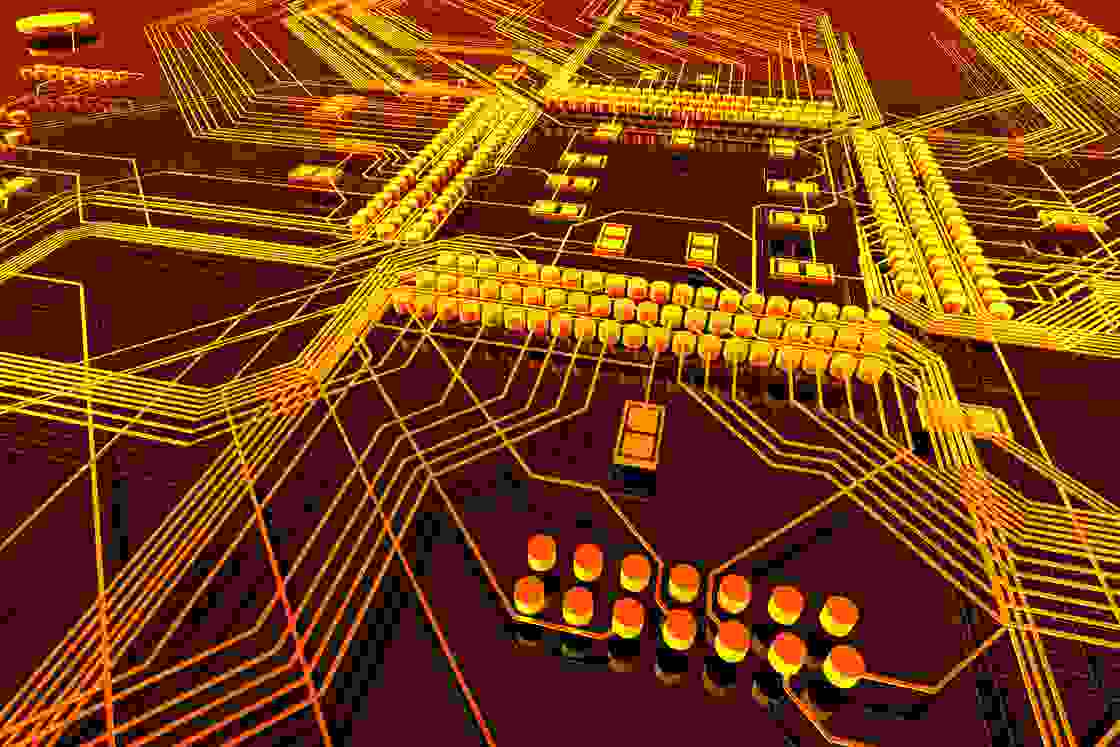
Demand for smaller wireless devices is growing for consumer applications such as wearables, medical devices and trackers, as well as industrial applications such as lighting, security and building management. As a result, smaller electronic devices will require smaller PCBS, which means antennas must use a shorter ground plane; If they are battery operated, power is also a factor, as the device cannot consume much power.
This presents considerable challenges for product designers. Before the new product can be used on carrier networks, the final design needs to be submitted for formal network and government approval, and if the antenna does not function properly or if the device is re-generated by radio interference, the design is likely to fail - radiated noise. As a result, smaller products are more difficult to get approved by carriers because it is more difficult to achieve wireless performance sufficient to pass minimum transmission and reception levels. This is especially true in the United States, where designs must meet strict criteria to be approved online.
In fact, for electrically small antennas operating at frequencies below 1 GHz, ideally they need 100 mm or more ground plane length to achieve good performance and efficiency. If the antenna efficiency is reduced, it can lead to problems with power consumption and authentication of the finished network. This means that the challenge for product designers is to create a design where there is enough room for the antenna to work properly and still fit all the components into a smaller PCB. This is especially true for antennas that operate at frequencies below 1 GHz, which are commonly used in products such as Internet of Things devices, product trackers, fitness devices, and similar small devices.
Wearables and medical devices used close to the human body present special challenges. The human body limits the RF signal, so designers should consider how the antenna radiates and ensure that the antenna is placed in a position on the human body where it will not block the signal. Wearable devices can be as small as 50mm or less. Some of them may use more than one antenna.
There are several factors that affect antenna performance in small devices, and this article addresses them in turn. The first and most important is the ground plane, which in many cases is crucial for antenna radiation. But that's not all; The designer should place the antenna properly and consider the other components and their position relative to the antenna to ensure that there is no noise or metal in the antenna path. Finally, the case of the device may vary and we will outline the main materials to avoid.

Embedded antennas: How they work
Dipole antennas use two radiators to work, whereas embedded chip antennas have only one. For embedded antennas, the PCB surface becomes a second radiator. This explains why the antenna will not work effectively if the length of the PCB is too short. The resonance of an antenna is directly related to its wavelength. The antenna must resonate in integral multiples or fractions of the wavelength, with the shortest resonant length being one quarter of the wavelength.
A full wave antenna with a 916 MHz frequency would need to be about 327 mm long, which is not practical for embedded antennas, but the quarter wave version is practical at a ground plane length of 87.2 mm. This will be coiled over copper trace wires and layers hidden within the tiny surface-mount chip antenna.
Antenna designers get around this limitation by using the ground plane as the missing half of the half-wave dipole, so a quarter-wave monopole antenna radiates to the ground plane. Therefore, the most popular embedded antennas in small wireless devices tend to be quarter wave monopole antennas.
Ground plane length
For an embedded antenna to work efficiently, the ground plane must be at least a quarter wavelength of the lowest frequency of the antenna. Therefore, at lower frequencies, the design is much easier when the ground plane is 100 mm or larger.
The performance of an embedded antenna is directly related to the length of its ground plane, so getting the ground plane to have the correct length is the biggest challenge for small designs. The tradeoff between ground plane length and antenna efficiency is shown from 794 MHz on the left to 2.69 GHz on the right.
These results clearly show how antenna efficiency decreases as the small ground plane drops at frequencies below 1 GHz. The result is a 3G/4G chip antenna operating at 791-960 MHz, 1,710-2,170 MHz, 2,300-1,400 MHz, and 2,500-2,969 MHz frequencies. Typically, for devices using frequencies below 1 GHz, the ground plane needs to be 100 mm or larger. In the United States, 4G frequencies use bands as low as 698 MHz or even 617 MHz, which, like T-Mobile's B71 band, require ground planes even greater than 100 mm.
Position the antenna on its PCB
Next, we should consider the position of the antenna on the PCB and its arrangement with respect to the other components. The antenna should be placed in the best position in the overall RF layout and PCB stack for it to radiate effectively.
Each individual antenna is designed to work efficiently in several places on the PCB. This is usually a corner or edge; However, every antenna is different, so it is important to choose the one that fits the design and place it according to the manufacturer's recommendations for that antenna.
How to place an antenna and its headroom in a wearable product or small device such as a watch. Figure 3 shows the antenna arrangement suitable for the watch design. The design maintains the recommended gaps specified above and below this antenna, shown in red.
Do not place noisy components such as batteries or LCD near the antenna. The antenna is a passive component that receives energy and picks up the noise radiated from the noise element and transmits that noise to the radio, thereby reducing the received signal. The antenna should also be placed away from the human body to improve RF performance, with the distance marked in blue.
The arrangement of RF feeds and ground connections is crucial to antenna function. For small embedded antennas in small PCBS, the copper track etched on the PCB may form an integral part of the antenna, so care should be taken to follow the manufacturer's specifications or reference designs.







